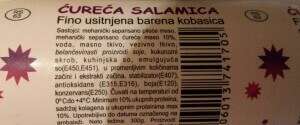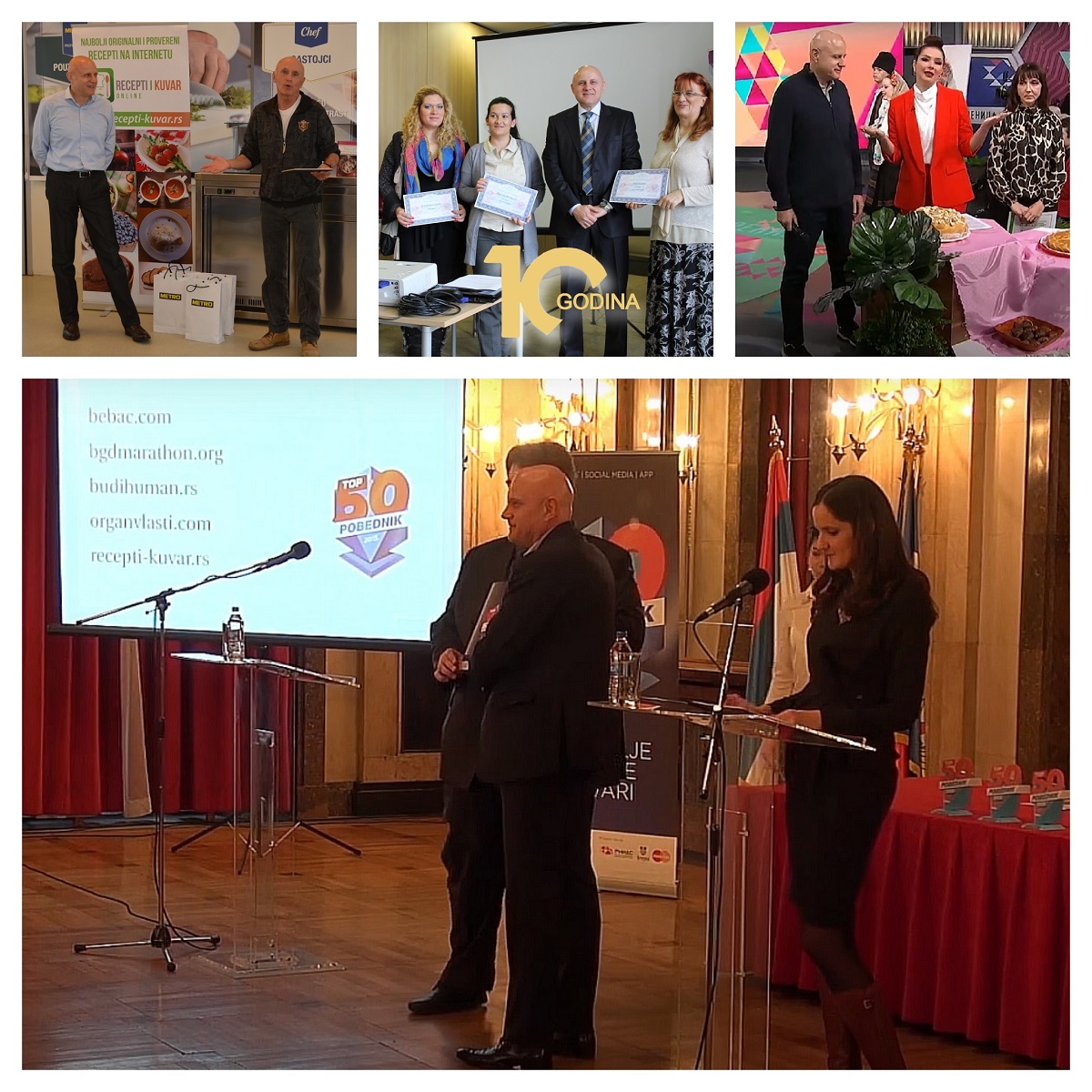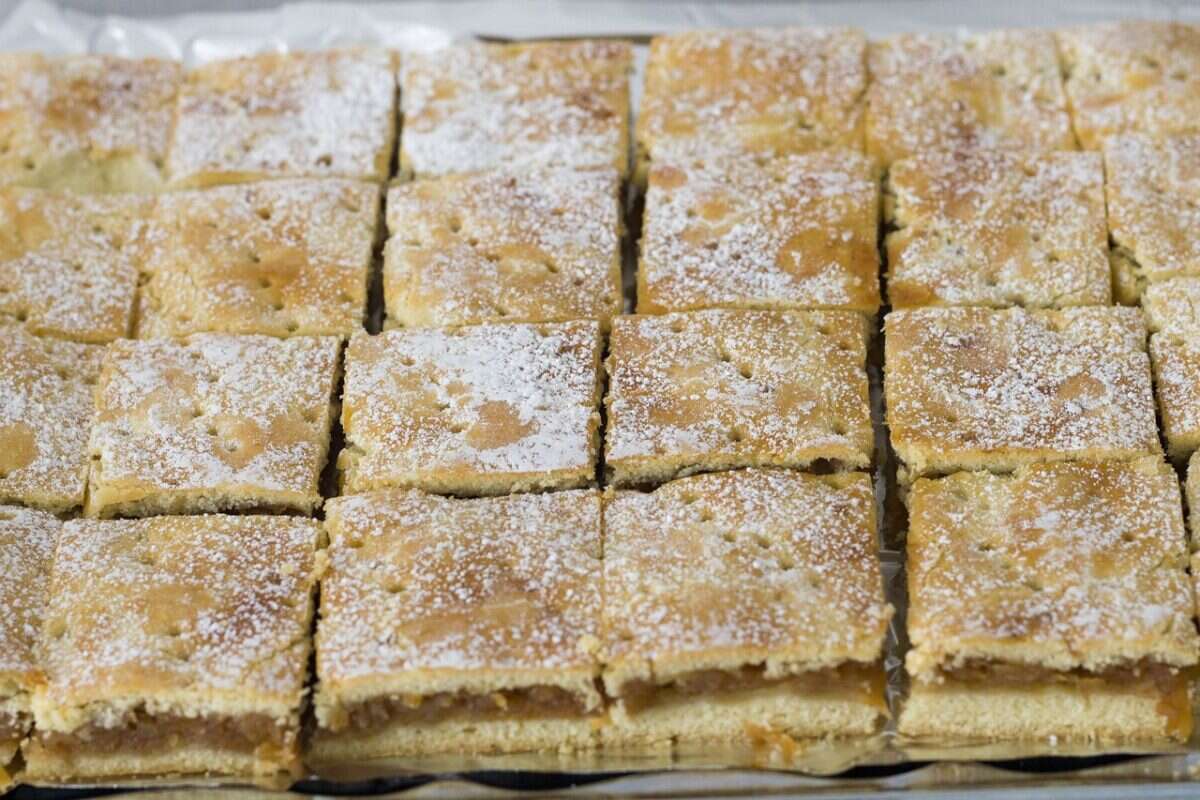Be careful what you feed your children - stop buying juices and teach children to drink water for thirst. Instead of salami and hot dogs, give children bacon and real homemade cheese, use butter instead of margarine.
"We should throw out shop-bought sweets, biscuits and snacks, and instead offer children almonds, walnuts, hazelnuts, roasted seeds and of course fruit. Stop buying juices and teach children to drink water for thirst. Instead of salami and hot dogs, give children bacon and real homemade cheese, use butter instead of margarine. Don't shop at bakeries, but bake homemade bread and make cakes at home from real, healthy ingredients. And these are already huge steps towards healthier growth and development" - with these words, nutritionist Anita Šupe explains with which simple changes we should correct the harmful eating habits of our children.
Anita graduated in nutrition and nutrition in Sweden, and in Croatia she popularized the concept of Paleo nutrition, i.e. original and healthy food like our ancestors ate.
How to adapt the paleo diet to babies and children in development, and what philosophy to follow when buying and preparing food, was explained to us by the author of the popular blog Truths and Lies about Food, which examines modern nutrition and offers a new or old alternative.

In Croatia, you popularized the Paleo diet concept. What is it about?
It is a global movement to return to the natural, original way of eating as it was once, before the development of the food industry and mass cultivation of food. We raise awareness of the connection between nutrition and health, as well as the harmfulness of industrially refined food, chemical additives and GMO foods. It is, therefore, about rejecting those foods that today we can safely say are harmful to human health, such as sugar, wheat flour, industrial oils and margarines, and the products that contain them. We try to choose food in its natural original form, ie. we choose fruits, vegetables, meat, fish, eggs, nuts, seeds and full-fat dairy products, and as much as possible we choose food from organic or at least domestically grown to reduce the intake of toxic pesticides, artificial fertilizers, hormones and similar chemicals that are added in conventional mass breeding and production.
Is it possible to adapt such a diet to children and babies and what is the ideal growth of a child to switch to Paleo?
Of course it is possible, if we do something good for our health we have even more reason to do the same for the health of our children who are still developing and who need a diet rich in nutrients even more. It is ideal to start giving real food, not processed food, already with the introduction of solid food. Children can and should eat the same as us adults, with the fact that we will of course chop up their food, i.e. adapt to their age.
The child's supplementary feeding begins with the introduction of cereals into the diet. After rice flakes, the menu will soon include cereals that contain gluten. What is so controversial about gluten and why do we increasingly find products labeled "gluten-free" on food shelves?
The recommendation to start complementary feeding with cereals is not good. They are a very problematic group of foods, with insufficient nutritional content and full of hard-to-digest ingredients and anti-nutrients. All this propaganda of cereals as super healthy food is actually driven by commercial interests and not concern for human health. Today we have a lot of new knowledge about the harmfulness of gluten. In addition to causing celiac disease, gluten is thought to cause or trigger over 50 different diseases, most of which are autoimmune. Gluten is a hard-to-digest protein from wheat (as well as some other grains), so we find it in all products made from grain flour. The reason for the increasing sensitivity to gluten is the genetic modification of wheat, the addition of additional gluten to flour and bakery products, the premature introduction of gluten into the diet and, in general, the increasing consumption of flour and bakery products.
Since the child's needs are still different from ours, what and how much cereal or bread can we offer him per day?
Of course, we can offer children bread, but it is difficult to buy healthy types of bread in stores and bakeries. For centuries, our ancestors and traditional peoples around the world have known that grains are problematic foods and must be properly prepared before ingestion. This involved soaking, sprouting and fermenting grains and flour and preparing sourdough bread. These processes neutralize the heavy ingredients in the grains and enrich their nutritional content. The only healthy bread made from grain flour that I can recommend is homemade, prepared at home, from organic flour of rye, spelled, barley (I do not recommend wheat) prepared by the acid fermentation process.
Milk is the basis of a small child's diet, but there are more and more allergic children who cannot tolerate it, and there are also various intolerances to animal milk. What kind of milk is good for our children?
Real domestic milk from grazing cows and goats is a healthy food, but industrially processed, pasteurized, homogenized milk from mass-farmed cows that are fattened with grains, soy and treated with hormones is not good. The most useful dairy products are homemade yogurt, sour milk or kefir, because in the fermentation process the milk is already pre-digested and enriched with useful strains of microorganisms (lactobacteria, etc.) that are necessary for healthy intestines as well as for general good health and strong immunity.
Milk instant porridge and sweet flakes are children's favorite breakfast or dinner. Just as bread spread with jam or cream cake is an ideal dessert. What healthier alternatives can we prepare for them?
Homemade sourdough bread with a thick layer of butter, cream or full-fat sour cream, a cup of homemade yogurt or kefir, eggs of all kinds, bacon... This is a nutritious and rich breakfast that will help the child grow and develop properly and endure a long day at school. The store-bought cereal, which is full of sugar and poor in nutrients, will make the child hungry an hour after breakfast and will have problems with concentration and learning at school.
What should the ideal daily menu of a schoolchild look like, according to Paleo nutrition principles?
Breakfast: eggs, bacon and, if necessary, sourdough bread. Snack: some nuts (almonds, walnuts, hazelnuts) and fruit. Lunch: soup, meat or fish, vegetables, all prepared with natural healthy fats (pork fat, olive oil, butter), not industrial oils and margarine. Afternoon snack: yogurt or kefir, homemade cake prepared from healthy ingredients - eggs, butter, nuts, fruit, honey... Dinner: the same as for lunch or the same as for breakfast.
Since most children like sweet tastes, what healthier alternatives can be used to sweeten meals?
Children should not be too accustomed to the sweet taste because it is easy to become addicted at an early age, i.e. excessive cravings for sugar and starch leading to many problems later in life. But certainly a homemade cake prepared from real healthy ingredients will be a better choice than store-bought sweets that are nutritionally poor and full of chemical additives. Honey, stevia plant and dried fruit can be used for sweetening.
In your texts, you advocate the healing properties of coconut oil, as well as cod liver oil. Which nutritional supplements should be on the child's menu and how often?
Cod liver oil is rich in vitamins A and D and fatty acids EPA and DHA (omega 3), which we do not get enough from food, so this is certainly a useful supplement to the diet of developing children, as well as pregnant women (I recommend fermented cod liver oil obtained by a traditional process without heating , such as Green Pasture). Coconut oil is medicinal, strengthens immunity and is recommended for daily consumption as a supplement to meals.
Hot cocoa, semolina with milk, white barley coffee or kačamak with yogurt are all-time favorite dishes for children. To what extent is it possible to preserve the traditional style of cooking on Paleo Ishana without excessively switching to exotic and unknown foods that are heavily promoted as healthy and expensive?
There's no need to buy exotic, expensive foods (except maybe coconut oil, but that's optional). Everything we need, we will find in the climate in which we live, food grown locally and in season is the healthiest. Paleo style just means traditional cooking, with perhaps some minor modifications, depending on health status and needs. Kaçamak with yogurt remains kaçamak with yogurt, if the yogurt is homemade, then even better. Hot cocoa is excellent if we make it ourselves from real domestic milk to which we add real unsweetened cocoa and some natural sweetener. Instead of semolina (which is wheat), we can cook oatmeal. I add an egg yolk and a teaspoon of butter to it for my children to make the meal more nutritious. Shato (zavajon - a sweet made from scrambled eggs) is also a favorite children's delicacy, but you should not (out of habit) overdo it with sugar, it is enough to put a little sugar or honey.
READ: WHERE CAN I BUY THE BOOK TRADITIONAL RECIPES OF HOME SERBIAN CUISINE?
Read more:
The best recipes on the Android app for your mobile phone or tablet!
The Recipes and Kuvar online portal is ranked among the TOP 50 websites in Serbia!
If you are interested in all of ours recipes, click the link: RECIPES. Collections of the best recipes of our associates can be found in the cook section, if you want to read more, click on the link: COOK. If you want to see our front page, click on the link: RECIPES AND COOK ONLINE homepage.
Don't miss a recipe - Recipes and cookbook online on Facebook. Stay tuned, follow the Recipes and Cookbook twitter notifications!







